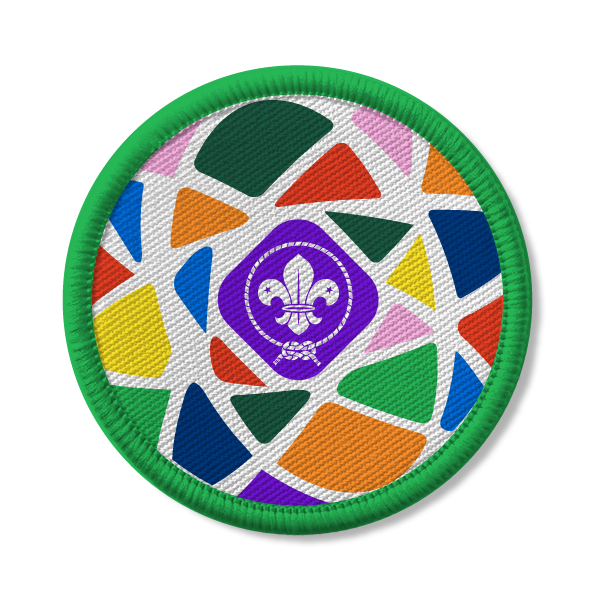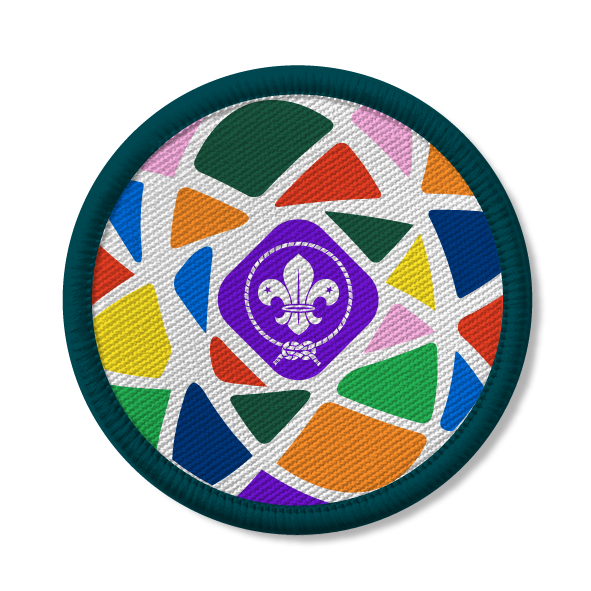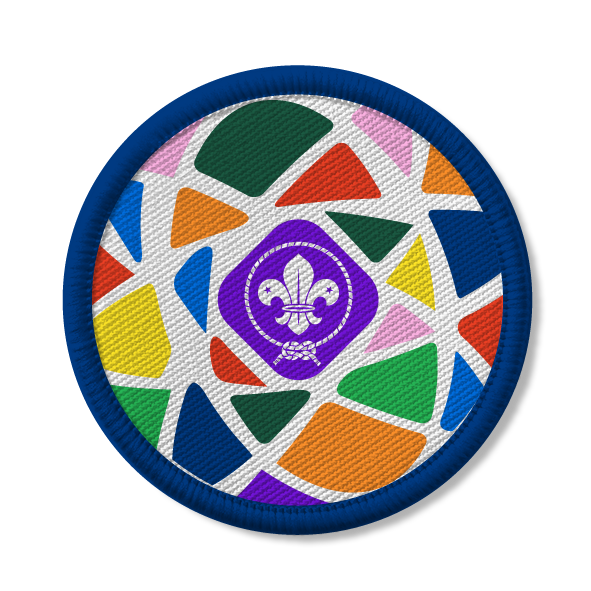Find your favourite flora or fauna
You’ll need
- Big pieces of paper
- Coloured pens or pencils
- Device to show photos, videos, or slides
- Access to the internet
Before you begin
- It’s best to do this activity after a visit to a location such as a woodland or seashore.
- This activity should be split over at least two sessions. You’ll need to spend one meeting choosing species, researching, and preparing, then dedicate another to everyone sharing their masterpieces. Alternatively, ‘Select a species’ at the end of the visit, then ask people to research before getting stuck into ‘Tame your thinking’ at one meeting and ‘Pass your findings’ another time.
- You could also invite experts about the place you visited, or members of the local authority responsible for it. They might be able to answer tricky questions or tell people more about what they could do to help.
Select a species
- Split into teams of about five or six.
- Each team should choose an animal or plant that they saw on their visit that they’d like to learn more about.
- Everyone should research their chosen species. They should focus on whatever they find interesting, though groups may want to chat to make sure they’ll hit all of the key points between them. We’ve included some suggestions below.
- When they find information, everyone should note down where they found it – this is the source. It could be a website, a leaflet, or a book, for example.
Tame your thinking
- Each group should work together to put their research together. It’s up to them how they organise it.
- Each group should decide how they’ll share their findings. It’s up to them (and the equipment available). Whatever they decide, it shouldn’t last longer than 10 minutes.
- Everyone should work to put together their way of sharing their findings.
Pass on your findings
- Everyone should set up in a different space. They should get everything ready, whether that means ordering cue cards, loading a video, or putting up a display.
- Everyone should gather in the middle of the space.
- Everyone should travel around the exhibits as a moving audience. At each group’s stand, they should head to the front and present. After everyone’s thanked them and clapped, they should re-join the audience before they move to the next group’s presentation.
- Once everyone’s shared their findings, everyone should come back together in the middle. They should think about whether any of the species interest. For example, one group’s bird might nest in another group’s tree and enjoy tucking into a third group’s insect!
- Everyone should think about what actions they can take to support all of the species they’ve learned about.
- Everyone should thank any special guests and give the whole group a round of applause before reflecting.
- Where does it live and grow? For example, it might prefer being in shady woodland, hiding under rotting wood, on clinging onto a cliff face.
- What does its lifecycle look like? Can you describe the stages between birth (or germination) and maturity (or flowering)? How does it find food or get energy? What about seeding?
- What does it eat (or, if you’re looking at a plant, what sort of ground does it grow best in)?
- How does human activity affect it?
- What can people do protect it and help it to thrive?
Reflection
This activity helped people to value the outdoors. Did finding out more about a species help anyone feel connected to nature? What was the most interesting thing people found out from someone else’s presentation? Humans are just one of an estimated 8.7 million species of life on Earth, but people’s choices affect plants and animals. Why is it important that people protect habitats? What actions can people take to do their bit?
This activity also needed people to communicate to share their newfound knowledge. Did people choose a variety of techniques? Why did groups choose their method of communication? Perhaps they thought it would suit the information they found or their skills, or they just felt more comfortable presenting in that way. How did people feel before their turn to present? How about afterwards? It can be tricky to communicate ideas clearly, especially when people are passionate about something. The good thing is that practise helps – with experience, it gets easier to speak up about important causes.
Safety
All activities must be safely managed. You must complete a thorough risk assessment and take appropriate steps to reduce risk. Use the safety checklist to help you plan and risk assess your activity. Always get approval for the activity, and have suitable supervision and an InTouch process.
- Online safety
Supervise young people when they’re online and give them advice about staying safe. Take a look at our online safety or bullying guidance. The NSPCC offers more advice and guidance, too. If you want to know more about specific social networks and games, Childnet has information and safety tips for apps. You can also report anything that’s worried you online to the Child Exploitation and Online Protection Command. As always, if you’ve got concerns about a young person’s welfare, including their online experiences, follow the Yellow Card to make a report.
- Music and films
Make sure music and films are age appropriate for the youngest person present.
- Everyone should choose a way of presenting their findings that works for everyone. It’s OK If different people want to take on different roles – perhaps some people could take the lead on making drawings and diagrams while others write and present a script, for example.
- No one has to stand in front of the audience if they don’t want to – their contributions could be behind the scenes.
- Make sure the presentations are accessible to everyone. Do videos need subtitles, or drawings need descriptions that people can read out? People could even make tactile art, for example.
All Scout activities should be inclusive and accessible.
If you identified a potential action, what are you waiting for? Give it a go.




